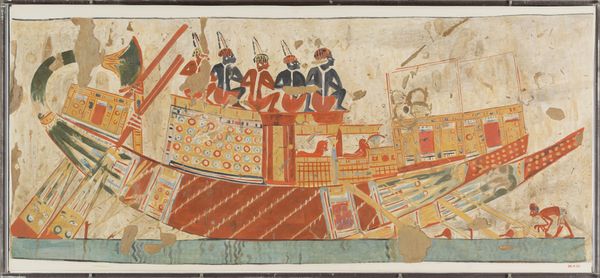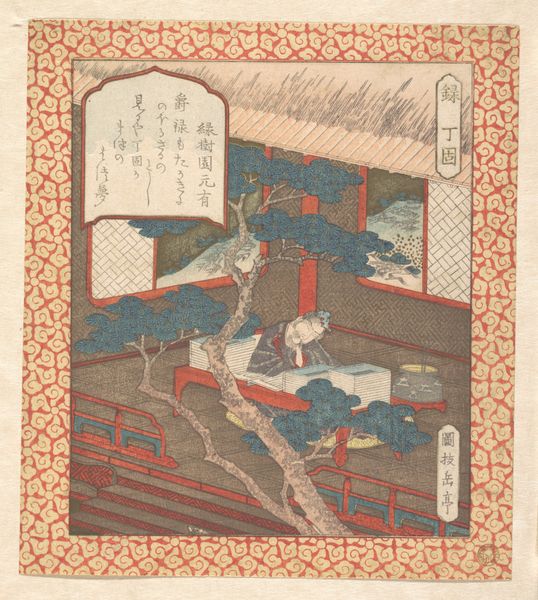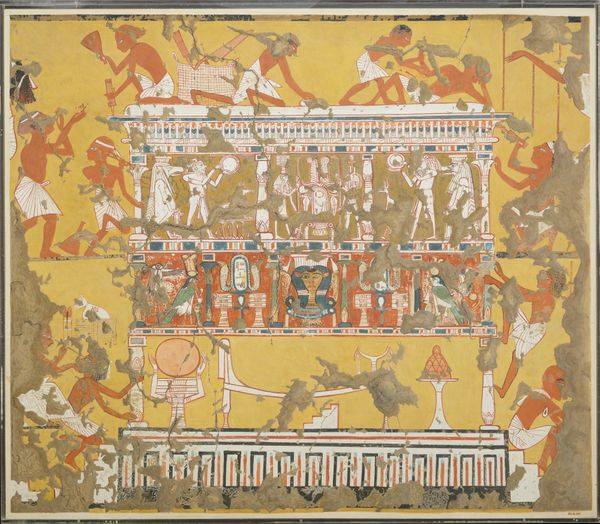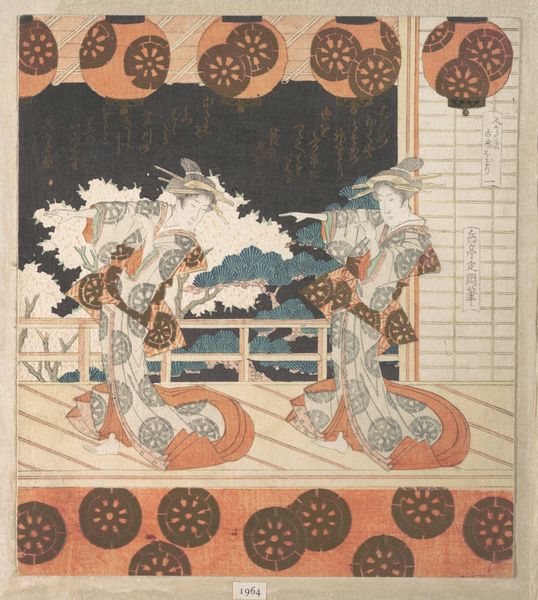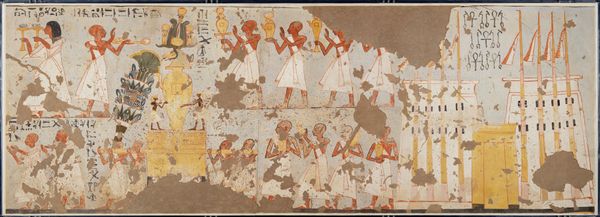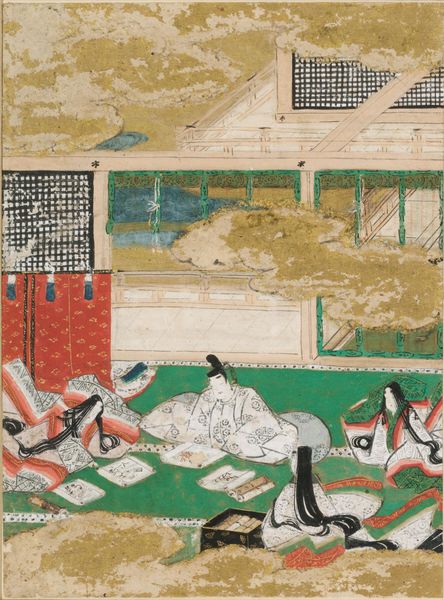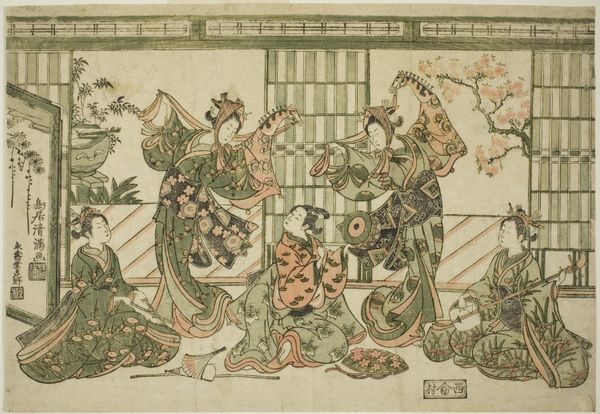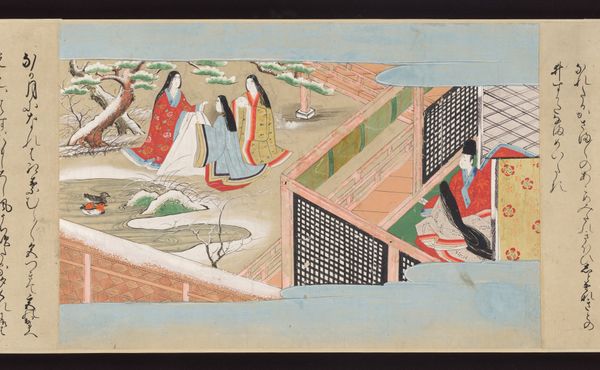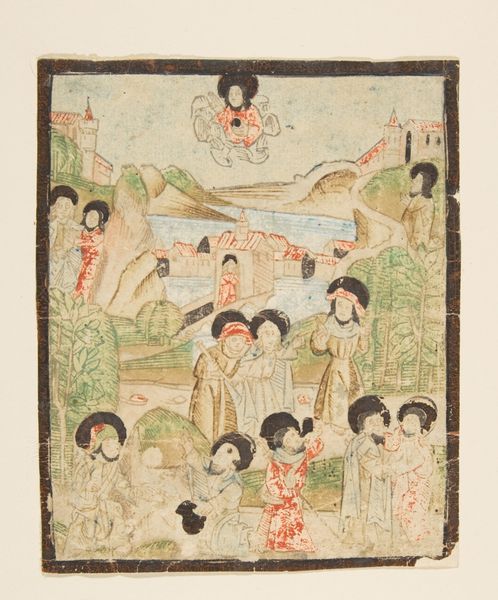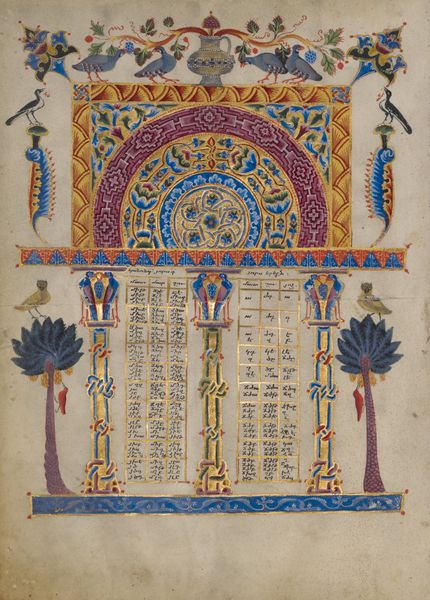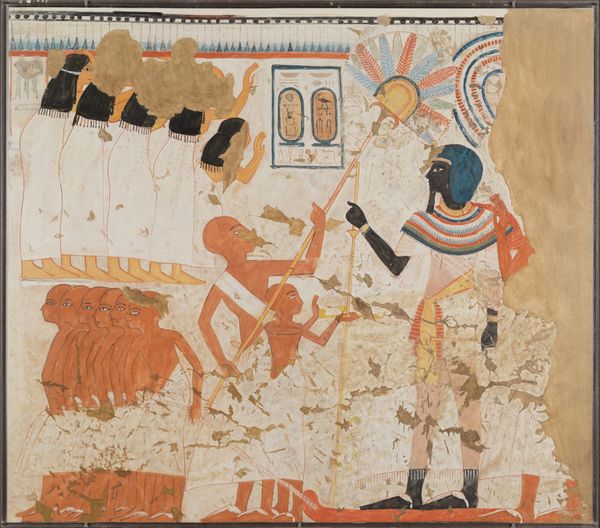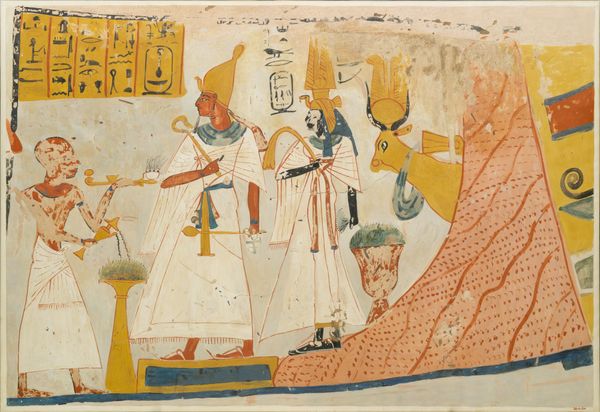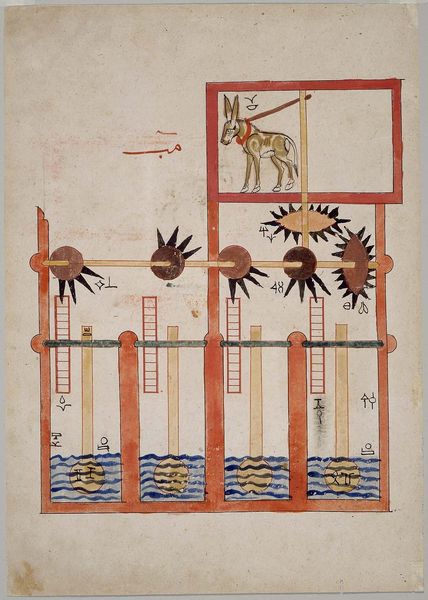
Userhat and Wife Visit Abydos, Tomb of Userhat 1294 BC
0:00
0:00
painting, watercolor
#
water colours
#
narrative-art
#
painting
#
ancient-egyptian-art
#
figuration
#
watercolor
#
egypt
#
ancient-mediterranean
#
history-painting
Dimensions: Facsimile H. 47 cm (18 1/2 in.); W. 168 cm (66 1/8 in.) scale 1:1 Framed H. 50 cm (19 11/16 in.); W. 170 cm (66 15/16 in.)
Copyright: Public Domain
Curator: I’m immediately struck by the formality and symmetry in this ancient Egyptian watercolor, "Userhat and Wife Visit Abydos, Tomb of Userhat". Dating back to 1294 BC, it presents a very structured view of Userhat's journey. Editor: It feels surprisingly intimate, considering the age and the very deliberate poses. The colors, even faded as they are, give a sense of serenity. There's almost a dreamlike quality to it, despite the rigidity of the composition. Curator: Right. Ancient Egyptian art served a very public, very functional purpose, didn’t it? Funerary art like this wasn’t just decoration. It was meant to ensure a safe passage into the afterlife, to document one’s status in the hopes of maintaining it eternally. So the formality stems from its deep entanglement with cultural expectations, the elite structure, and, of course, religious authority. Editor: And within those constraints, this painting manages to tell a story of familial devotion. Userhat and his wife are visiting Abydos, a significant religious center, to honor the gods. The fact that they are together in this journey speaks to the status of women within royal contexts at the time. Do we know more about how women from non-royal families interacted with structures of power at this moment? Curator: Good point. The inclusion of Userhat's wife is crucial and it is in part symbolic, pointing towards familial and social order. However, beyond the artistic record we have, material evidence is not entirely robust. One must always factor the heavy filters through which our view of these ancient social formations comes. It's through art like this we can consider not just historical realities, but also the ideological programs which framed them. Editor: It’s incredible how a relatively small watercolor can spark such far-reaching thoughts about ancient societal structures. For me, it’s a poignant reminder that behind every monument, every historical figure, there are complex lives, and those lives were intertwined with politics. Curator: Indeed. "Userhat and Wife Visit Abydos," created by Norman de Garis Davies, illustrates the beauty that comes from an incredibly stratified culture. It invites contemplation of the past but perhaps also about ourselves. Editor: Yes, seeing Userhat’s journey immortalized in watercolor connects me across millennia and highlights how we continue using imagery and memory to give order and stability to the ephemerality of being.
Comments
No comments
Be the first to comment and join the conversation on the ultimate creative platform.
